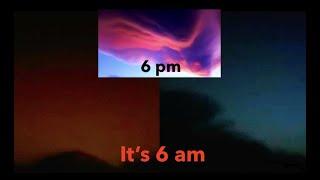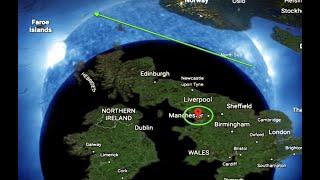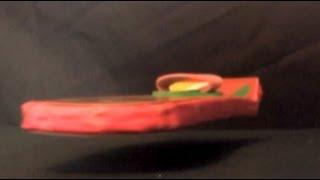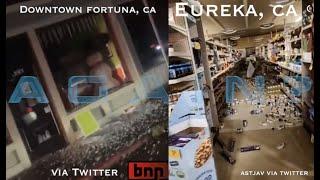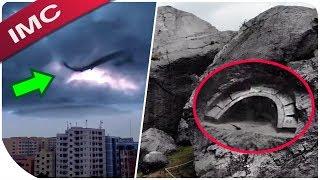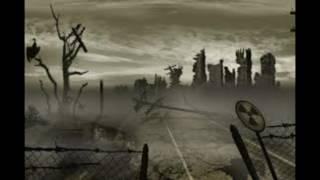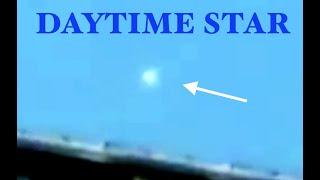Make you a Seraph
Beschreibung
Visit us at www.cepher.net and join our teaching at cepheracademy.net.
Subscribe to participate live in the chat. Selecting the bell will give you notification of the time of live broadcast. You can also select closed captioning for each program in your browser.
https://www.youtube.com/watch?v=pQL7mXOTU2I
Mosheh seemed to be at odds with Yahuah - arguing with him about whether he was called to lead the house of Yashar'el out of Mitsrayim and into the promised land, striking the rock twice and so on. But hidden deep in the Ivriyt text is an example of his disobedience that led to idolatry in his building of what would be called the Nachustan - the brazen serpent on a pole that Yechizqiyahu would later destroy.
Mosheh was told to put something else on a banner - a seraph. But, like the Strong's Concordance editors, it is unlikely he knew what was being said, as unlike Yesha'yahu (Isaiah) and Yochanon (John), scripture does not record Mosheh ever seeing one. So he put on a pole that which he knew - a serpent.
Is the serpent part of Yah's culture? Or is it adverse? How do we reconcile the presence of the serpent in our society today with what scripture tells us? When we see these symbols, can the lifting up of the serpent on the pole be something of which we approve and even revere? Or should we look again at that pole and see its true meaning? Finally, should we "trust the serpent"? Now, more than ever, this is a question worth asking.
But Yahuah instructed Mosheh to put a Seraph on a banner, which he never did. What would that look like? Is there any evidence that such a symbol became part of markings of Yashar'el - much like the menorah?
Let's take a look, and see if there is a banner under which we should arrange ourselves in these last days; a banner that is for those peculiar people, set apart unto Yahuah as a kingdom of priests and kings, the living stones of the temple built without hands to the glory of Yahuah Tseva'oth. Halleluyah!

